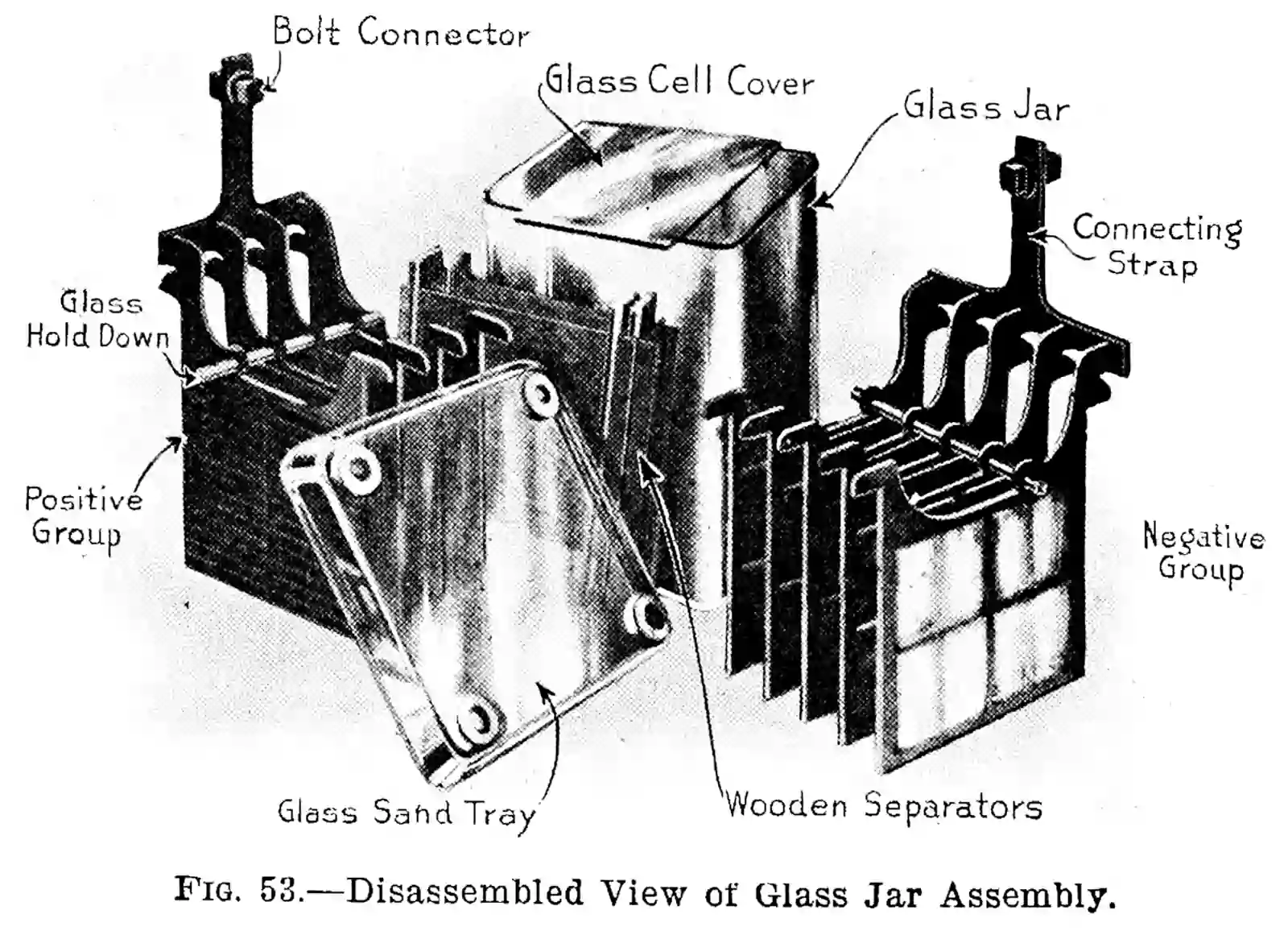Karhunen-Loève expansions
2019-09-16 — 2022-02-01
Wherein a stochastic process is expressed via the covariance operator’s orthonormal eigenfunctions, and ordered eigenvalues are used to scale coefficients so that the Karhunen–Loève series is obtained.
As seen in chaos expansions kind of, and used in low rank kriging, and assumed in PCA and implied by many basis decompositions etc.
Suppose we have a collection \(\{\varphi_n\}\) of real-valued functions on our index space \(T\), and a collection \(\{\xi_n\}\) of uncorrelated random variables. Now we define the random process \[ f(t)=\sum_{n=1}^{\infty} \xi_{n} \varphi_{n}(t). \] We might care about the first two moments of \(f\), i.e. \[ \mathbb{E}\{f(s) f(t)\}=\sum_{n=1}^{\infty} \sigma_{n}^{2} \varphi_{n}(s) \varphi_{n}(t) \] and variance function \[ \mathbb{E}\left\{f^{2}(t)\right\}=\sum_{n=1}^{\infty} \sigma_{n}^{2} \varphi_{n}^{2}(t) \]
Now suppose that we have a stochastic process where the index \(T\) is a compact domain in \(\mathbb{R}^{N}\). The corresponding expansion of \(f\) in the above form is known as the Karhunen-Loève expansion. Suppose that \(f\) has covariance function \(K\) and define an operator \(\mathcal{K}\), taking the space of square integrable functions on \(T\) to itself, by \[ (\mathcal{K} \psi)(t)=\int_{T} K(s, t) \psi(s) d s \] Suppose that \(\lambda_{1} \geq \lambda_{2} \geq \ldots\), and \(\psi_{1}, \psi_{2}, \ldots\), are, respectively, the (ordered) eigenvalues and normalised eigenfunctions of the operator. That is, the \(\lambda_{n}\) and \(\psi_{n}\) solve the integral equation \[ \int_{T} K(s, t) \psi(s) d s=\lambda \psi(t) \] with the normalisation \[ \int_{T} \psi_{n}(t) \psi_{m}(t) d t=\left\{\begin{array}{ll} 1 & n=m \\ 0 & n \neq m \end{array}\right. \] These eigenfunctions lead to a natural expansion of \(K\), known as Mercer’s Theorem, which states that \[ K(s, t)=\sum_{n=1}^{\infty} \lambda_{n} \psi_{n}(s) \psi_{n}(t) \] where the series converges absolutely and uniformly on \(T \times T\). The Karhunen-Loève expansion of \(f\) is obtained by setting \(\varphi_{n}=\) \(\lambda_{n}^{\frac{1}{2}} \psi_{n}\), so that \[ f_{t}=\sum_{n=1}^{\infty} \lambda_{n}^{\frac{1}{2}} \xi_{n} \psi_{n}(t). \] Now, when does such an expansion exist?
Because I look at signals on unbounded domains a lot, the case where a countable basis cannot be assumed to exist seems important.
1 Gaussian
An extra-fun case, when this construction induces a Gaussian process because the \(\xi_{n}\) are Gaussian. Very handy in Gaussian process regression.
